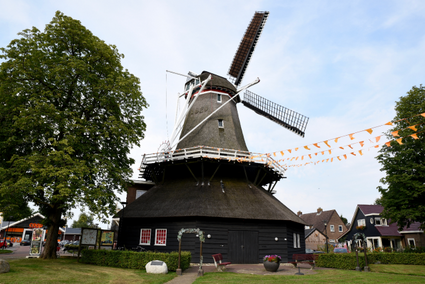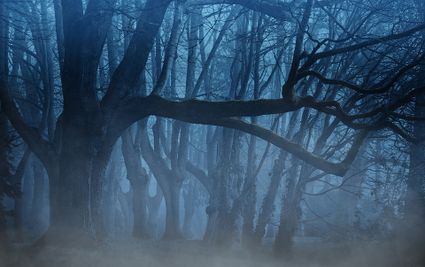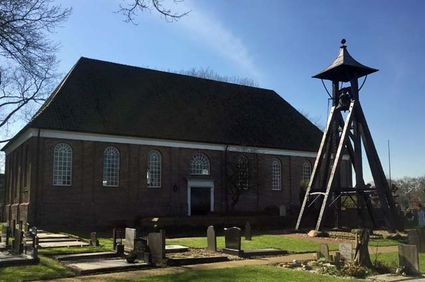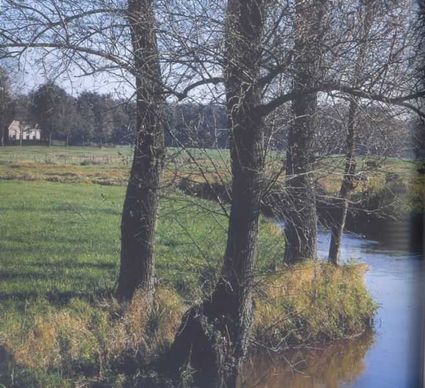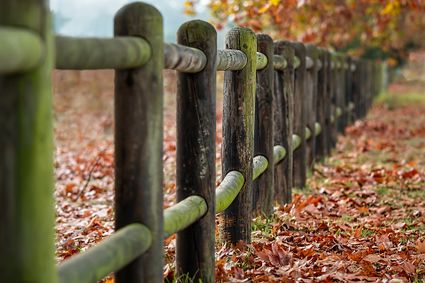4
Hike
10.0 km (2 hour 13 minutes)
The 6-kilometre ‘Landgoederen De Wijk’ walking route takes you along the border between Drenthe and Overijssel, around the village of De Wijk. If you get hungry or thirsty along the way, rest assured; there is plenty of food and drink on offer at starting and finishing point De Havixhorst and along your route in De Wijk.
This route leads you past stunning country estates. The starting point is De Havixhors…
The 6-kilometre ‘Landgoederen De Wijk’ walking route takes you along the border between Drenthe and Overijssel, around the village of De Wijk. If you get hungry or thirsty along the way, rest assured; there is plenty of food and drink on offer at starting and finishing point De Havixhorst and along your route in De Wijk.
This route leads you past stunning country estates. The starting point is De Havixhorst, which used to be a manor house and is now used as a chateau hotel and restaurant. The route takes you from De Havixhorst towards the village of De Wijk. Have you seen any storks yet? After all, you are close to stork outdoor station ‘De Lokkerij’ in Reestdal. The name ‘Lokkerij’ (which could be interpreted in Dutch as ‘place of luring’) does not refer to the station being intended to ‘lure’ storks. In fact, the name harks back to the Lokken family, who ran a farming business for many generations on the very spot where the stork station stands now. Lokkerij thus means ‘the farm belonging to Lokken’.
The walking route continues through De Wijk with its amazing thatched mill. The Reest valley landscape is sure to captivate you as you pass Dickninge, a 75-hectare country estate in the English landscape style.
On the way back to De Havixhorst, the route passes a toll house. Will you heed the closed tollgate, or bravely venture forth?
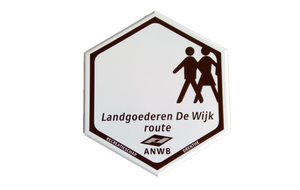

Schiphorsterweg 34
7966 AC De Wijk
Navigate to starting point
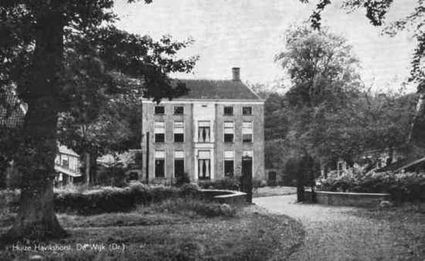
Sculpture Park de Havixhorst has an annually changing exhibition. In addition, there is a permanent collection of sculptures to admire in the gardens of the De Havixhorst manor.
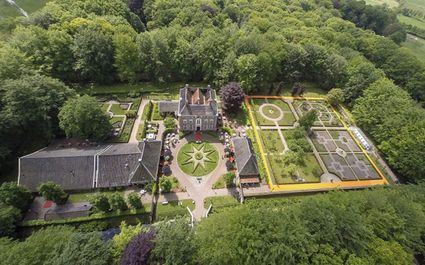

Beeldenpark de Havixhorst
Schiphorsterweg 34-36
7966 AC De Schiphorst
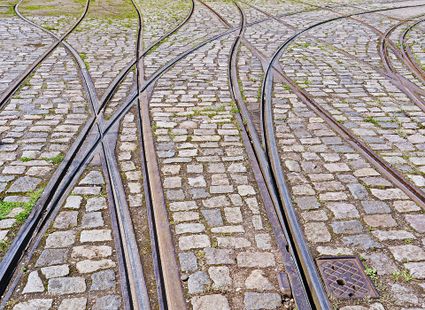
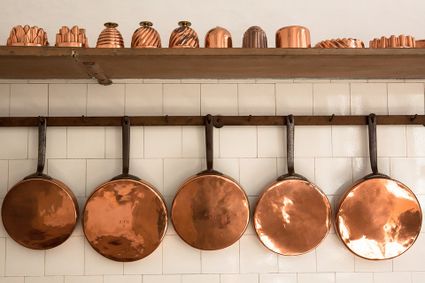
This mill is a favourite among photographers. It’s also the centre of many activities in the village of De Wijk. The roots of De Wieker Meule mill go back to the 18th century. The mill’s 250th anniversary was a great festive occasion in De Wijk.
